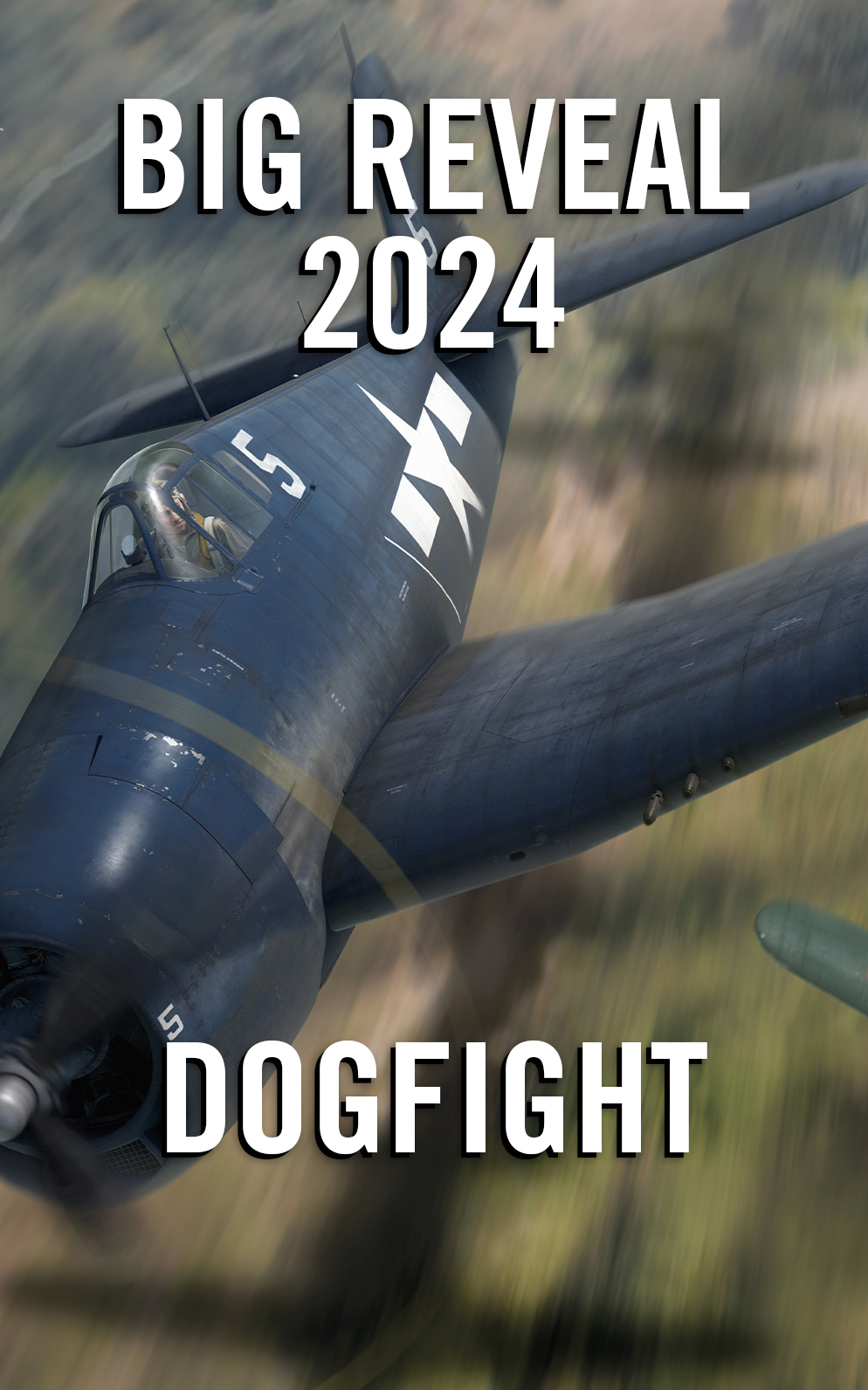
Fw 190A-8 Sturmjäger: Defence of the Reich 1943–45
By Robert Forsyth
Illustrated by Gareth Hector
How the Jagdflieger challenged the might of the USAAF in their heavily armed, and armoured, Fw 190A-8 Sturmjäger.
Developed from one of the finest fighters of World War II, the radial-engined Fw 190A-8 was conceived as a heavy assault aircraft and armed accordingly. Its mission was to provide a response to the increasing numbers of USAAF B-17 and B-24 bombers operating against targets in the western and central Reich.
This book explores the fascinating feats of the men flying the Fw 190A-8 and its sub-variants. These pilots were given exceptional training and many were volunteers, some of whom were willing to sign oaths that they would bring down a bomber at all costs – even if it meant ramming the enemy aircraft.
Using first-hand accounts, archival photos, full-colour illustrations, maps and tactical diagrams, critically acclaimed Luftwaffe author Robert Forsyth puts the reader in the cockpit of a Sturmjäger attempting to defend the Fatherland from formations of heavily defended USAAF bombers protected by powerful Allied escort fighters.
Bf 109E: Battle of Britain
By Andy Saunders
Illustrated by Gareth Hector
An immersive account of the Bf 109E’s evolving role during the Battle of Britain.
The Luftwaffe’s famous Bf 109 Emil saw considerable combat across the first stages of World War 2, but it was the actions it fought against Hurricanes and Spitfires of RAF Fighter Command during the pivotal Battle of Britain that truly put it to the test., German pilots not only had to reckon with the RAF, but also with the lengthy Channel crossing too. This evocative new study explores how the Channel’s breadth and the short range of the Emil combined to force the Luftwaffe’s fighter units to evolve their tactics in pursuit of victory.
Respected military aviation expert Andy Saunders brings the cockpit of the Bf 109E to life in a volume that draws upon first-hand accounts to tell the story of this landmark battle’s fascinating beginnings. Bringing further context to this analysis, archive photos, newly commissioned artworks, and tactical and ribbon diagrams demonstrate how strategy and procedure developed over the course of combat.
Spitfire I: Phoney War and Battle of France
By Tony Holmes
Illustrated by Gareth Hector
A new examination of the legendary Spitfire and the evolving tactics behind its early defence of Britain’s shores .
The Spitfire endures as one of the most iconic aircraft of World War II. Nevertheless, its initial skirmishes and battles yielded as many challenges as successes, with German forces soon outpacing pre-war RAF tactics and exploiting the Spitfire’s modest endurance to their advantage. This new study offers an engaging account of the celebrated fighter’s early encounters with the Luftwaffe, chronicling the rapid strategic evolution of Spitfire units from the Phoney War, through the Battle of France and the Dunkirk evacuation.
Aviation historian Tony Holmes shines a new light on the fledgling exploits of this world-famous aircraft. With his text accompanied by newly commissioned maps, ribbon diagrams and full-colour artworks, as well as a host of archive photos, this fascinating exploration brings depth and insight into how the Spitfire evolved into a world-beating fighter.


Comments
You must be logged in to comment on this post. Click here to log in.
Submit your comment